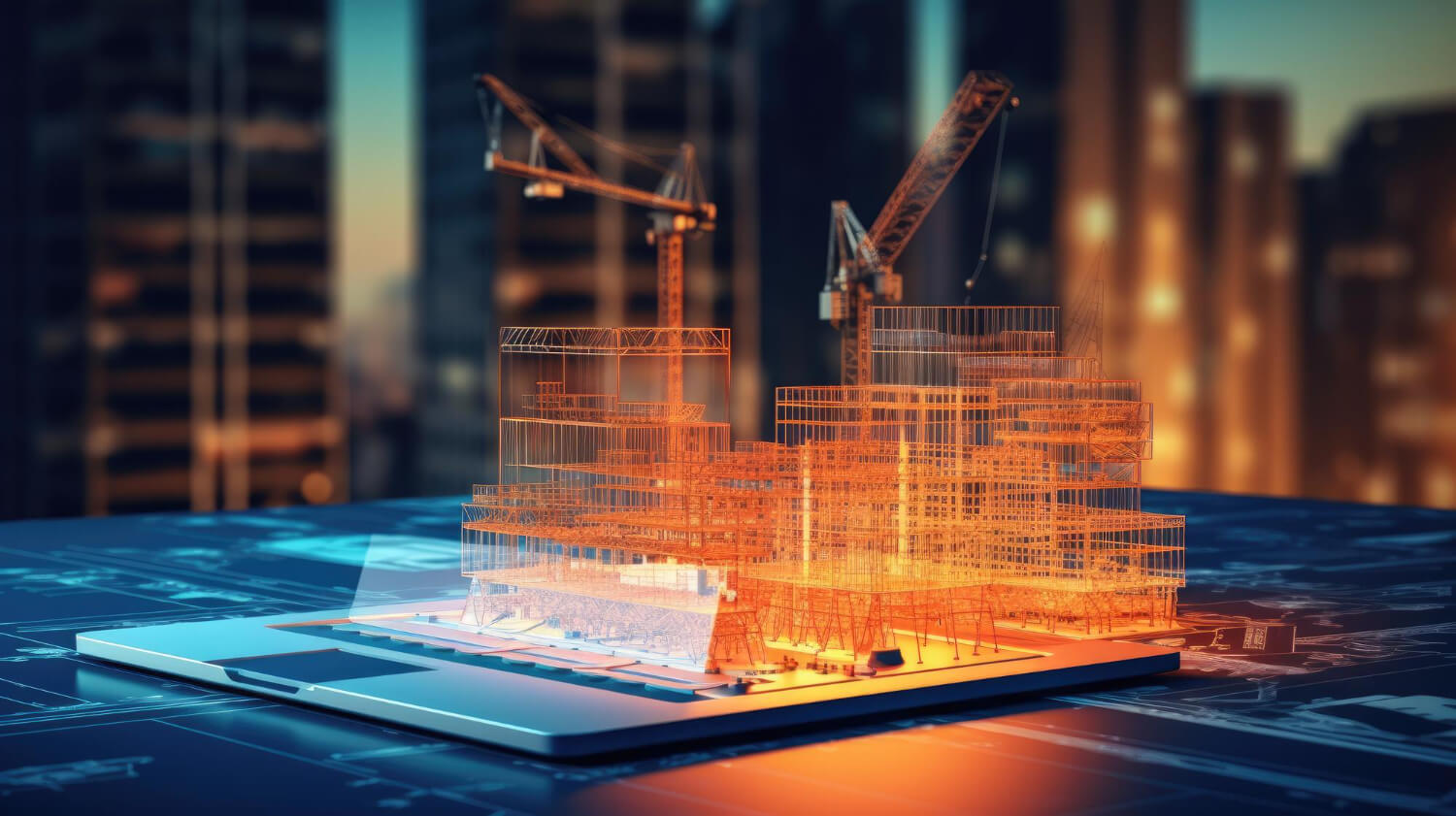
Technologies‘ rapid emergence and evolution have ushered in transformative changes across various sectors. This rapid evolution has been most notable in the manufacturing, finance, and healthcare industries, where technologies have entirely revolutionised operational methodologies. In contrast, the construction sector lags in adopting and adapting technological advancements.
Selecting technologies that can significantly enhance the industry carefully becomes imperative to harness the current wave of technological advancements. Therefore, the crucial tasks of identifying, evaluating, categorising and choosing suitable emerging technologies fall upon both companies and governments. The Construction 4.0 Strategic Plan (2021-2025) has outlined several distinct technologies that potentially elevate Malaysian construction companies’ technological ability.
With its intricate network of stakeholders, including clients, developers, architects, contractors, and more, the construction industry stands to gain from the pervasive implementation of Building Information Modeling (BIM) across all value chain stages. BIM has emerged as a pivotal technology for digital transformation, facilitating enhanced communication and collaboration among all involved parties. The consensus is vital, especially regarding the promising opportunities presented by BIM. Governments globally acknowledge its constructive impact on the construction landscape.
Next, Prefabrication and Modular Construction, often referred to as Industrial Building Systems (IBS) in Malaysia, offer myriad enhancements to the construction realm. IBS promises quality enhancement, waste reduction, concurrent on-site and off-site coordination, decreased carbon emissions, and cost savings.
Another technology well-known in the construction industry is Augmented Reality and Virtualisation (AR & VR), which have the potential to revolutionise the industry. However, distinctions between the two must be recognised. Augmented reality overlays digital information onto real-world environments, while virtual reality generates immersive environments. In the construction domain, numerous unexplored avenues await the application of AR & VR. Notably, the amalgamation of AR and BIM holds the promise of immersive visualisation, addressing existing challenges, on-site integration, and overlaying planned information onto real-world settings.
Advanced building materials technology investments propel companies to lead in the digital race. While cost-effective and easy to produce, traditional materials like concrete come with limitations. Technological advancements have introduced new materials to enhance traditional cement-based components, catalysing the emergence of smarter and more sustainable structures.
The evolution towards Construction 4.0 is driven by these disruptive technologies. It is evident that fostering collaboration and integrating these technologies offer substantial prospects to elevate construction productivity and proactively address future challenges.














